What is an Awning? A Complete Guide for UK Homeowners
An awning is a versatile outdoor feature that combines style, functionality, and practicality. Perfect for providing shade, enhancing curb appeal, and protecting your space from the unpredictable UK weather, awnings have become a popular choice for homeowners looking to optimise their outdoor areas.
In this comprehensive guide, we’ll answer all your questions about awnings, from their purpose and benefits to the different types available. Whether you’re exploring options for your patio, balcony, or garden, this guide will help you make an informed decision.
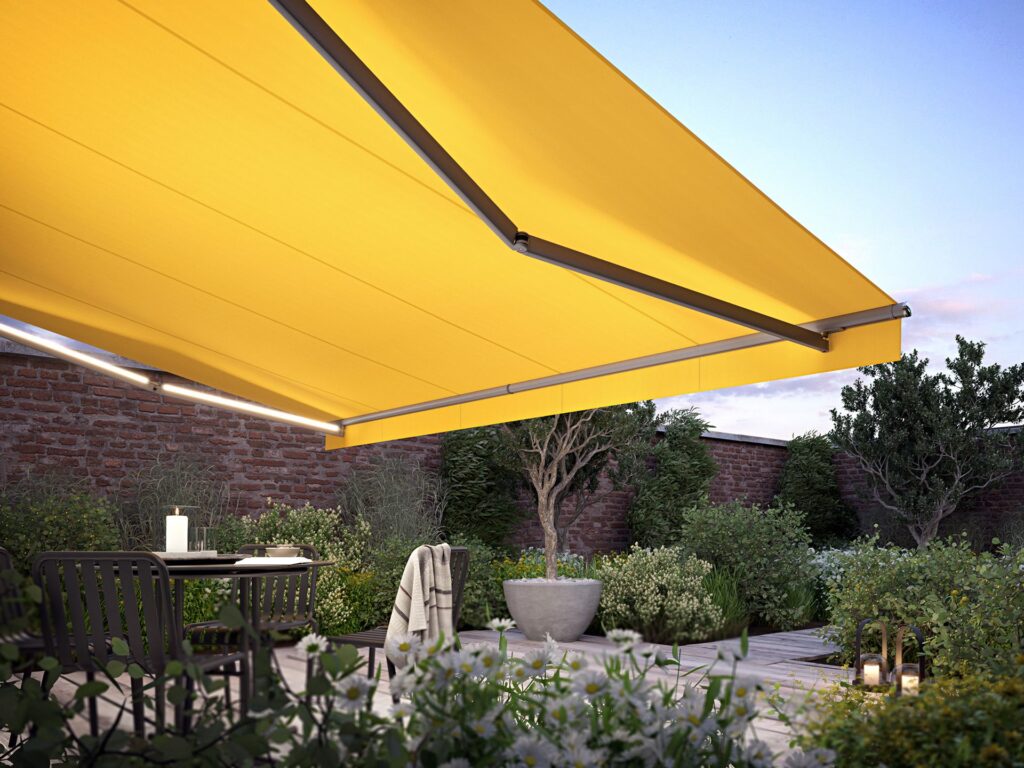
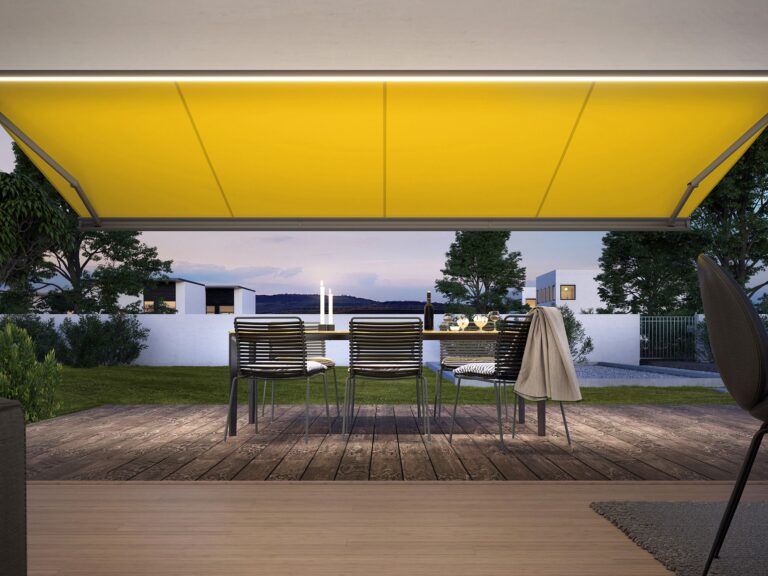
Key Features of an Awning
An awning is a secondary covering attached to the exterior wall of a building, designed to provide shade, weather protection, and aesthetic enhancement. It is typically made from weather-resistant materials like fabric, aluminium, or PVC, and can be fixed, retractable, or motorised for ease of use.
- Structure: Mounted on walls, windows or freestanding frames.
- Material: Durable, weatherproof fabrics or hard materials like metal or polycarbonate.
- Operation: Manual, motorised or sensor-controlled options available.
- Purpose: Provides shade, reduces heat and protects outdoor areas from rain.
The Benefits of an Awning
1. Weather Protection
An awning provides a sheltered space for outdoor activities, keeping you dry during sudden showers or shaded during hot summer days.
2. Energy Efficiency
Awnings reduce solar heat gain by up to 77%, keeping your home cooler in summer and cutting energy costs on air conditioning (Energy Saving Trust).
3. Extended Outdoor Living
Awnings allow you to use your outdoor spaces year-round, whether for relaxing, dining, or entertaining.
4. Enhanced Curb Appeal
Stylish awnings add character and charm to your property. According to Rated People, 74% of UK homeowners agree that outdoor features like awnings increase their home’s appeal.
5. UV Protection
High-quality awnings can block up to 98% of harmful UV rays, protecting your family and furniture from sun damage.

Types of Awnings
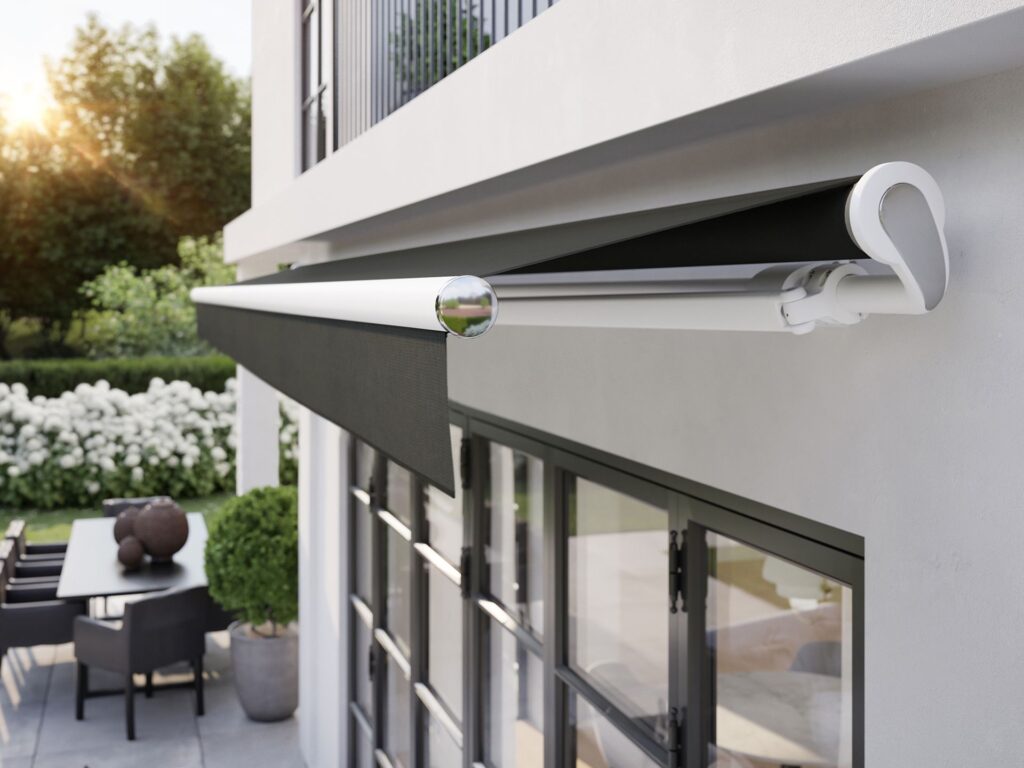
1. Retractable Awnings
Retractable awnings are a flexible and popular option, allowing you to extend or retract the awning as needed. They are ideal for the UK’s changeable weather.
- Operation: Manual crank or motorised with remote control.
- Best For: Patios, decks, and large outdoor spaces.
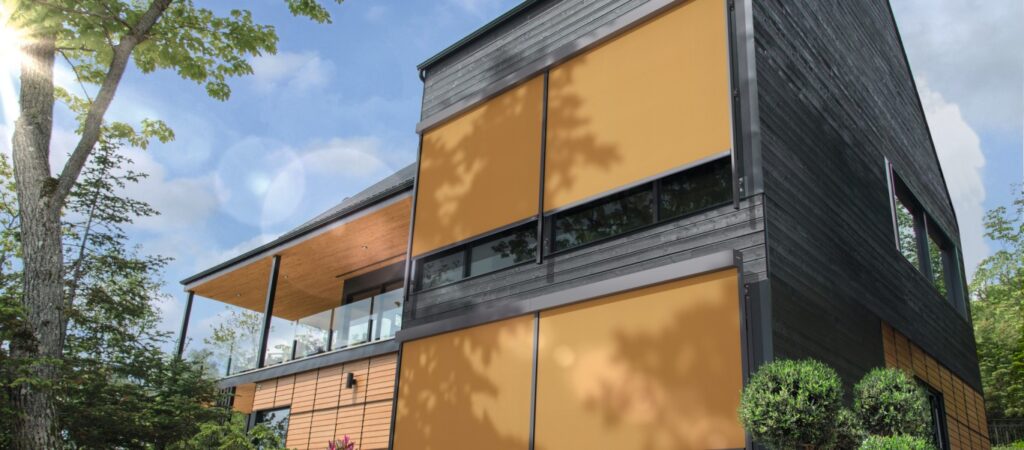
2. Fixed Awnings
Fixed awnings are permanent structures designed to provide continuous shade and protection.
- Operation: Static, with no moving parts.
- Best For: Windows, doors, or small balconies.
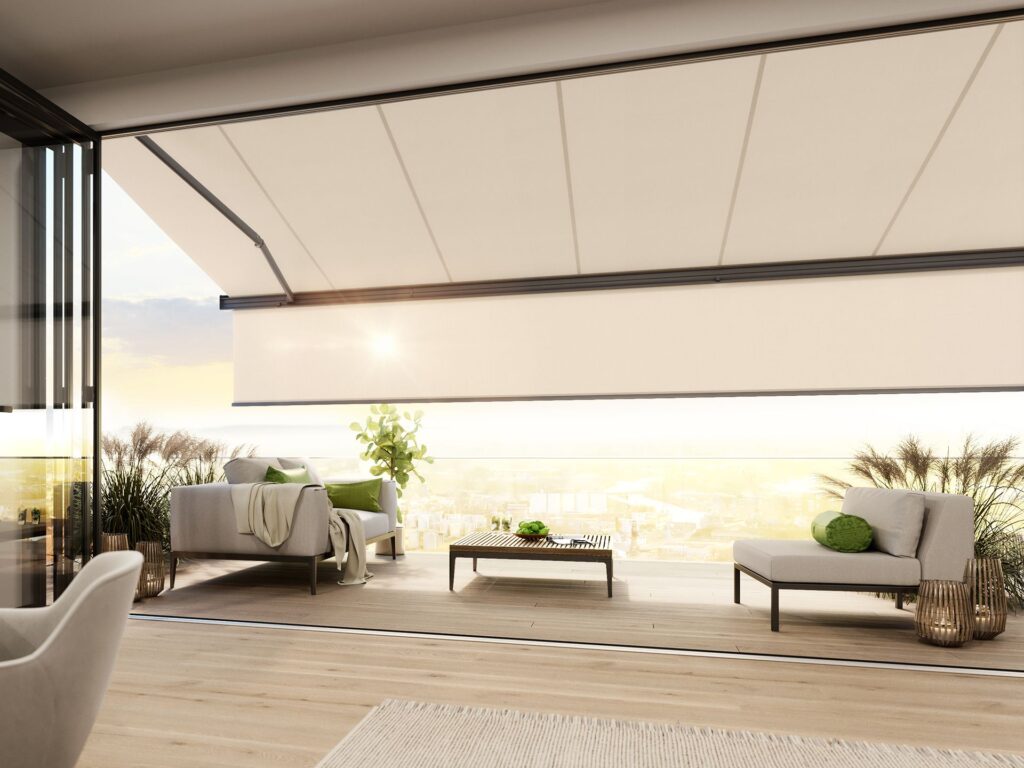
3. Freestanding Awnings
Freestanding awnings are standalone units, offering flexibility in placement.
- Operation: Manual or motorised.
- Best For: Gardens, poolside areas, or commercial spaces.
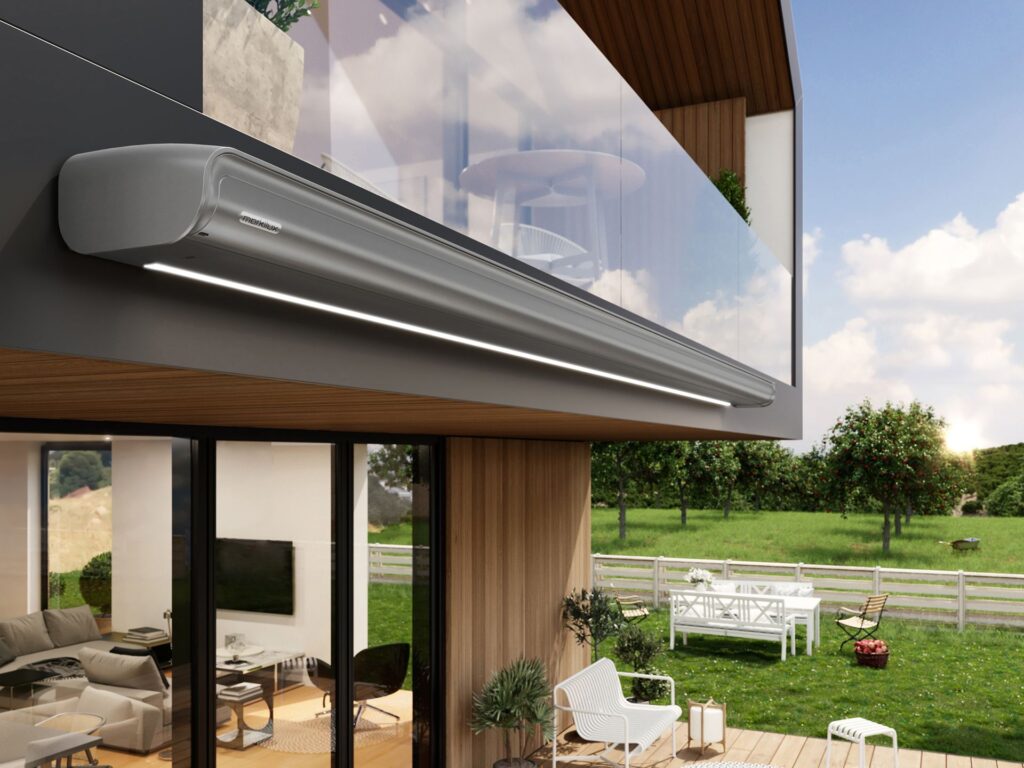
4. Cassette Awnings
Cassette awnings come with a protective casing that encloses the awning fabric and mechanism when not in use, increasing longevity.
- Operation: Motorised for convenience.
- Best For: Homes exposed to harsh weather.
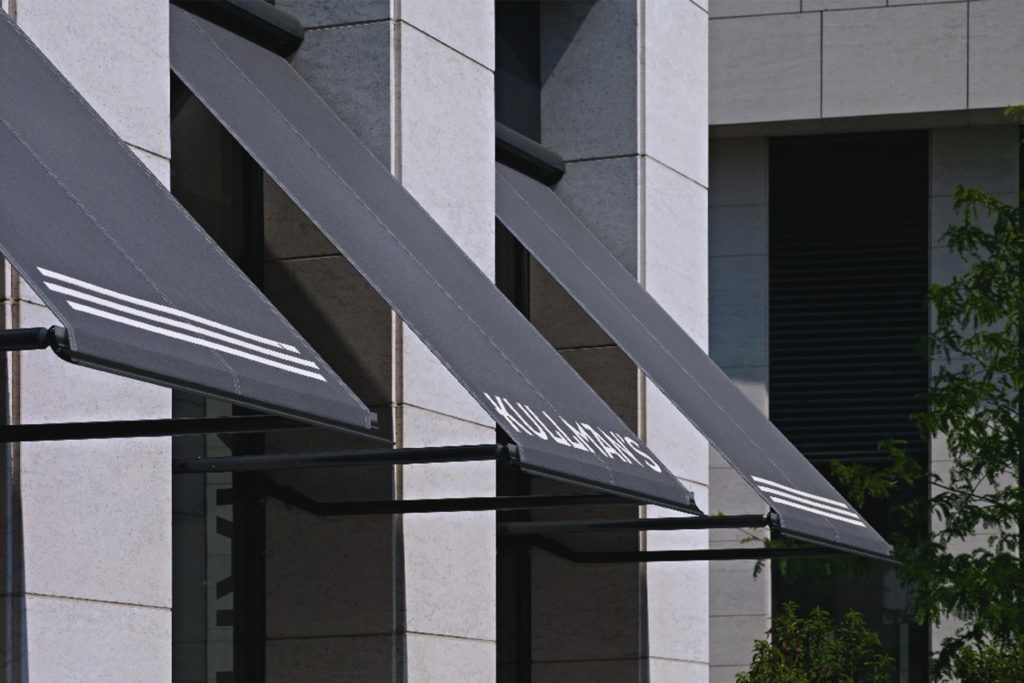
5. Drop Arm Awnings
These awnings extend outward at an angle, offering excellent protection for windows.
- Operation: Manual or motorised.
- Best For: Windows and storefronts.
Materials Used in Awnings
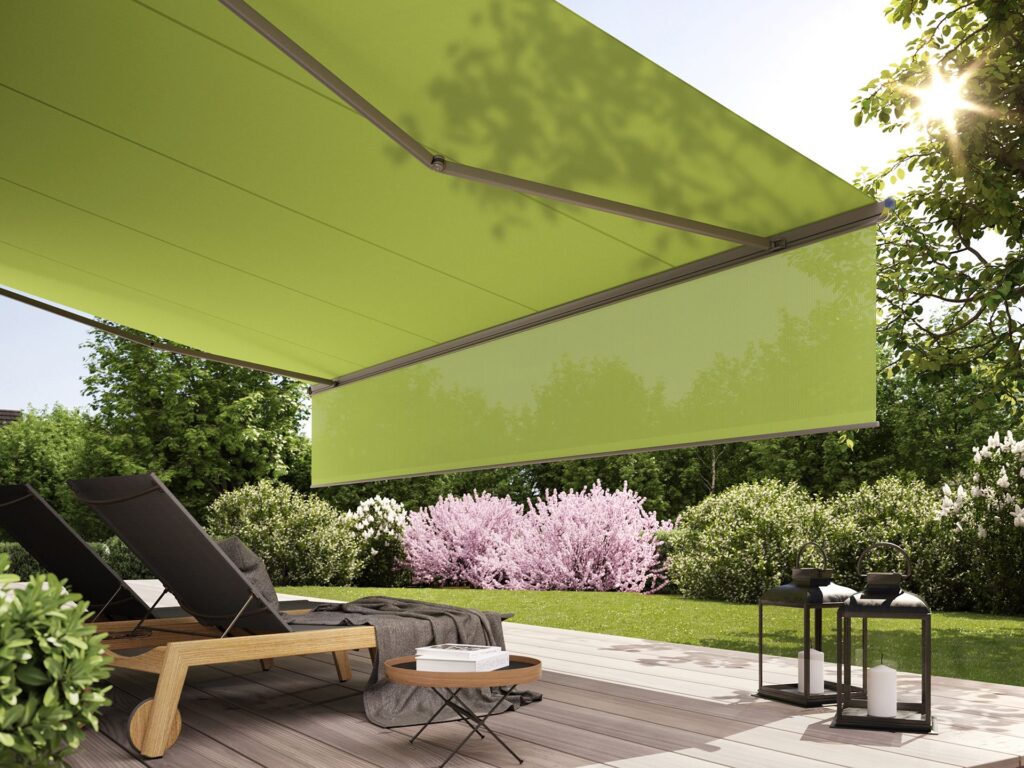
1. Fabric
- Features: Water-resistant, UV-protective, and available in various colours and patterns.
- Best For: Retractable awnings and flexible designs.
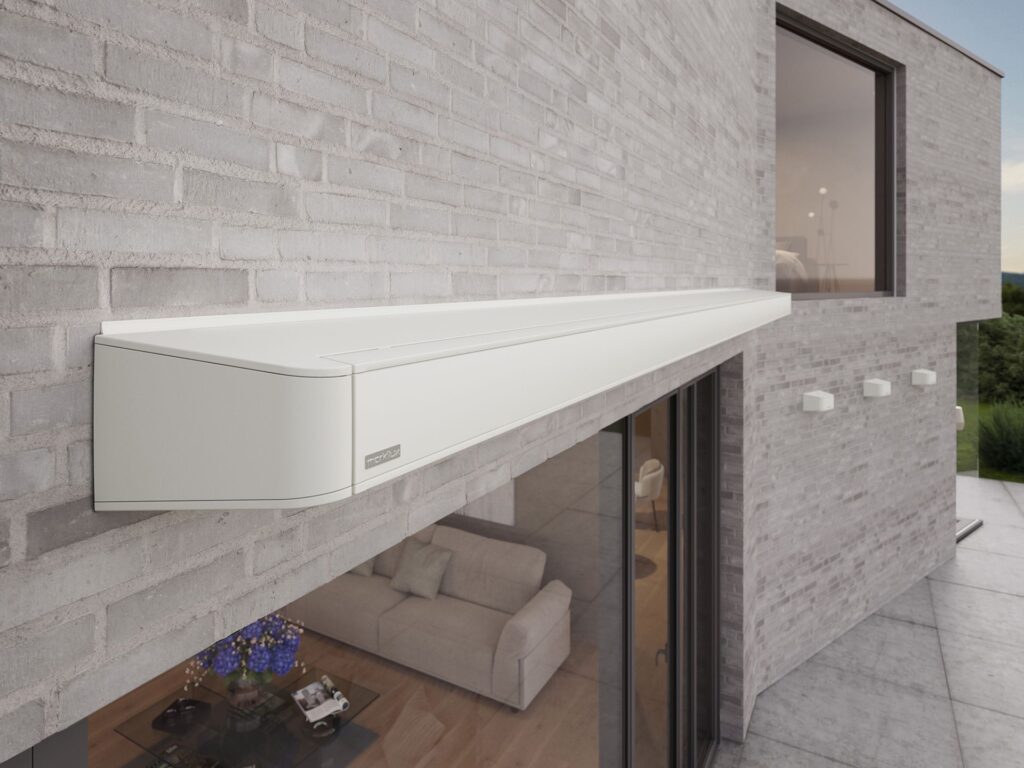
2. Aluminium
- Features: Lightweight, corrosion-resistant, and durable.
- Best For: Fixed or freestanding awnings.

3. Polycarbonate
- Features: Transparent, weatherproof, and impact-resistant.
- Best For: Fixed or door awnings.
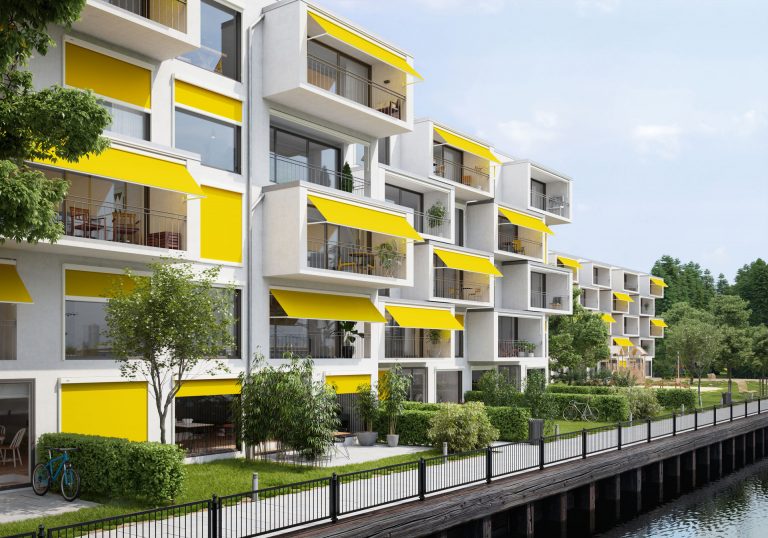
Common Uses for Awnings
- Shading Patios and Decks: Create a comfortable outdoor space for relaxing or entertaining.
- Balcony Cover: Add privacy and shade to balconies in apartments or homes.
- Window Protection: Reduce indoor heat gain and glare by shading windows.
- Commercial Spaces: Enhance shopfronts or outdoor dining areas with stylish awnings.
How to Choose the Right Awning?
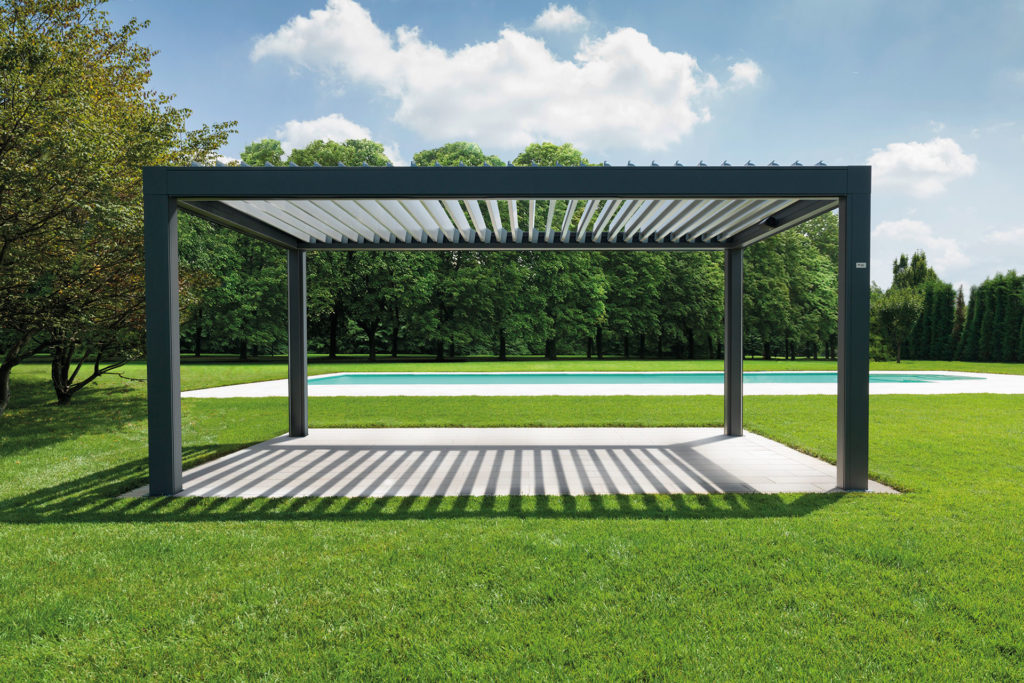
1. Assess Your Needs
Decide how you’ll use your awning—whether for shade, privacy, or rain protection.
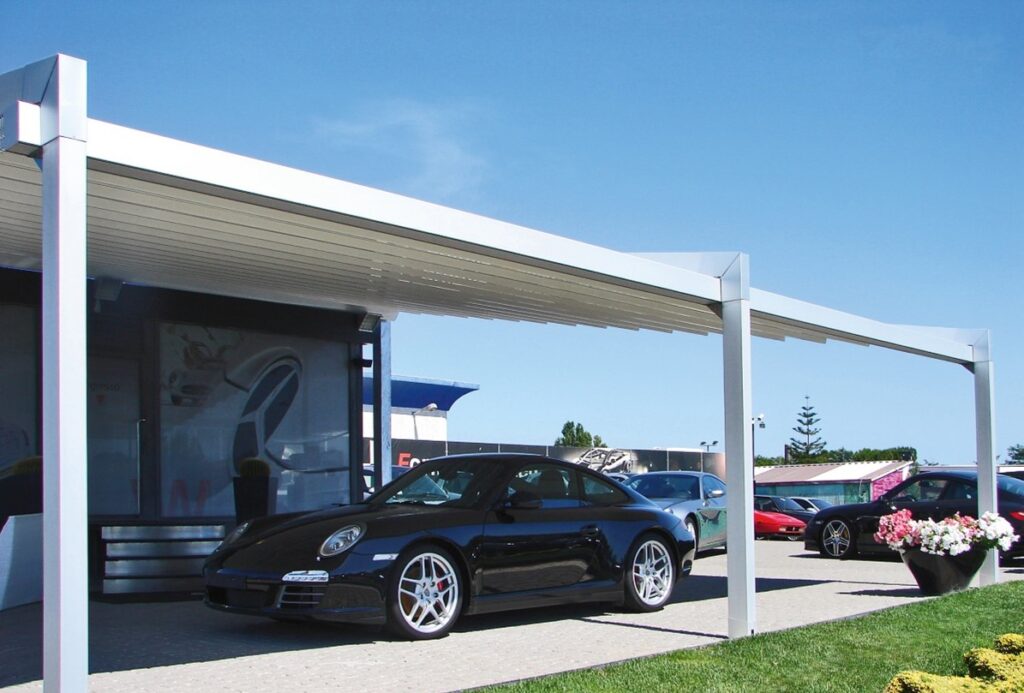
2. Consider Your Space
Measure your outdoor area to ensure the awning fits perfectly.
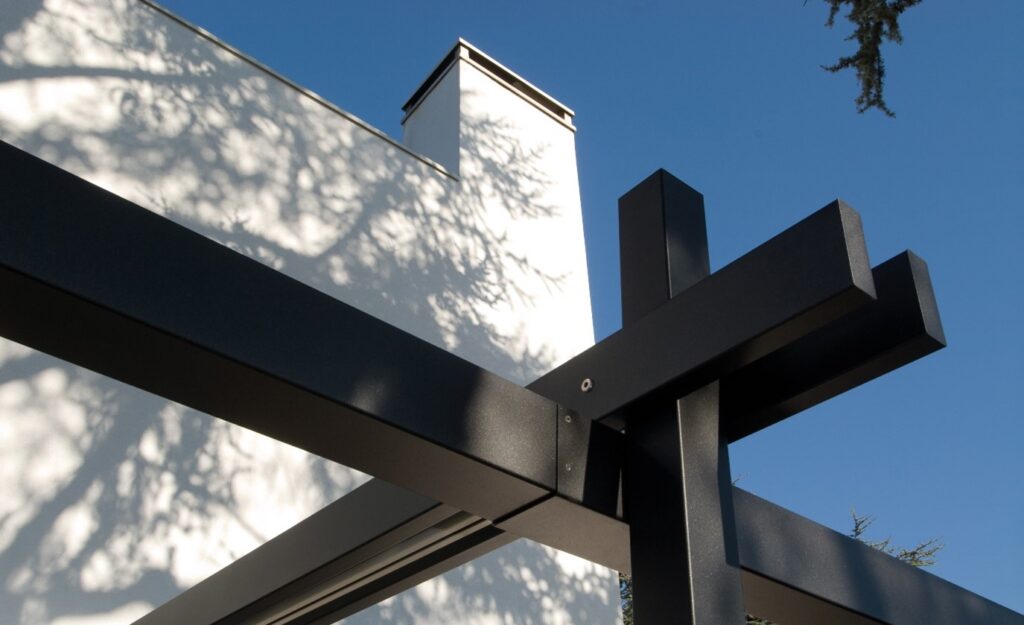
3. Choose the Right Material
Opt for weather-resistant materials that complement your home’s style.
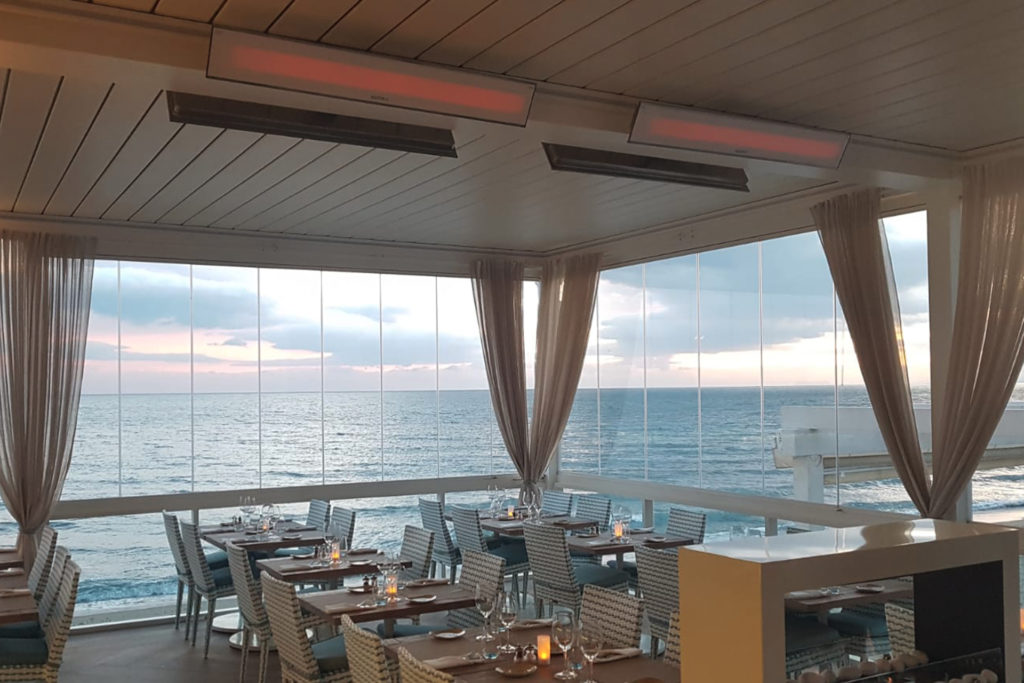
4. Operation Type
Choose between manual, motorised, or smart-controlled awnings for convenience.
Awnings for UK Weather
The UK’s climate makes awnings a valuable addition to any home. Modern awnings are designed to withstand rain, wind, and occasional sunny spells. High-quality models are tested for wind resistance, with retractable options offering additional flexibility during storms.
Fun Fact:
Many high-performance awnings are tested to handle wind speeds up to 20-25 mph, making them suitable for most UK conditions.
DIY vs. Professional Installation
While smaller awnings can be DIY-installed, larger or motorised awnings require professional expertise to ensure proper alignment, durability, and compliance with UK regulations.
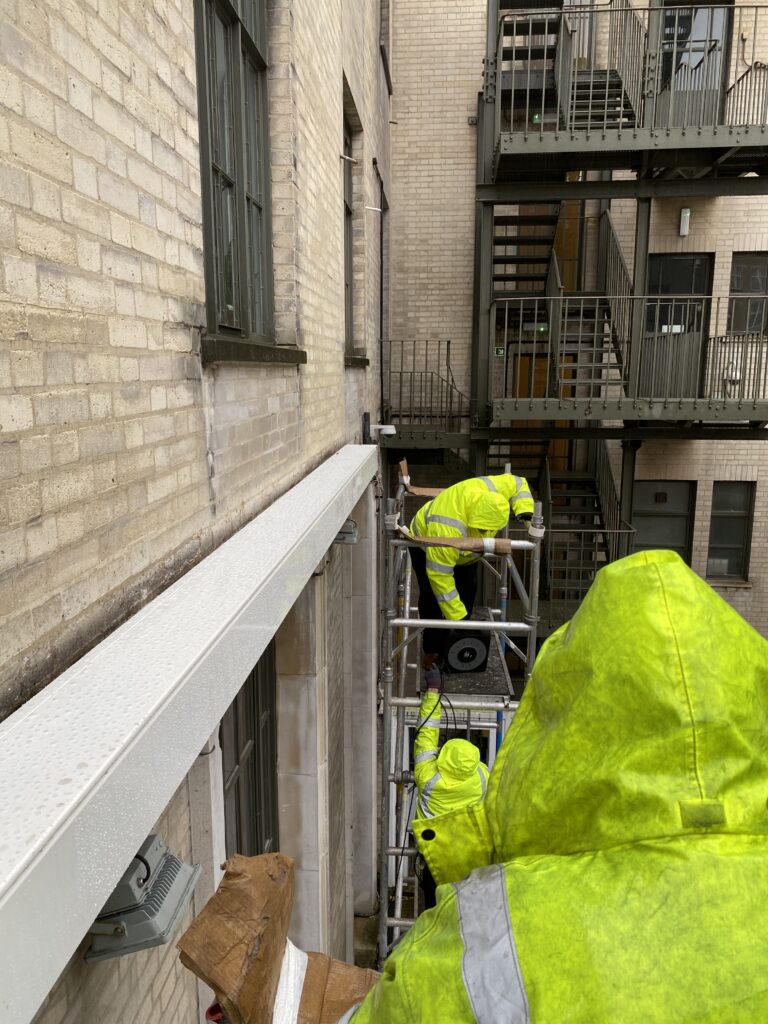
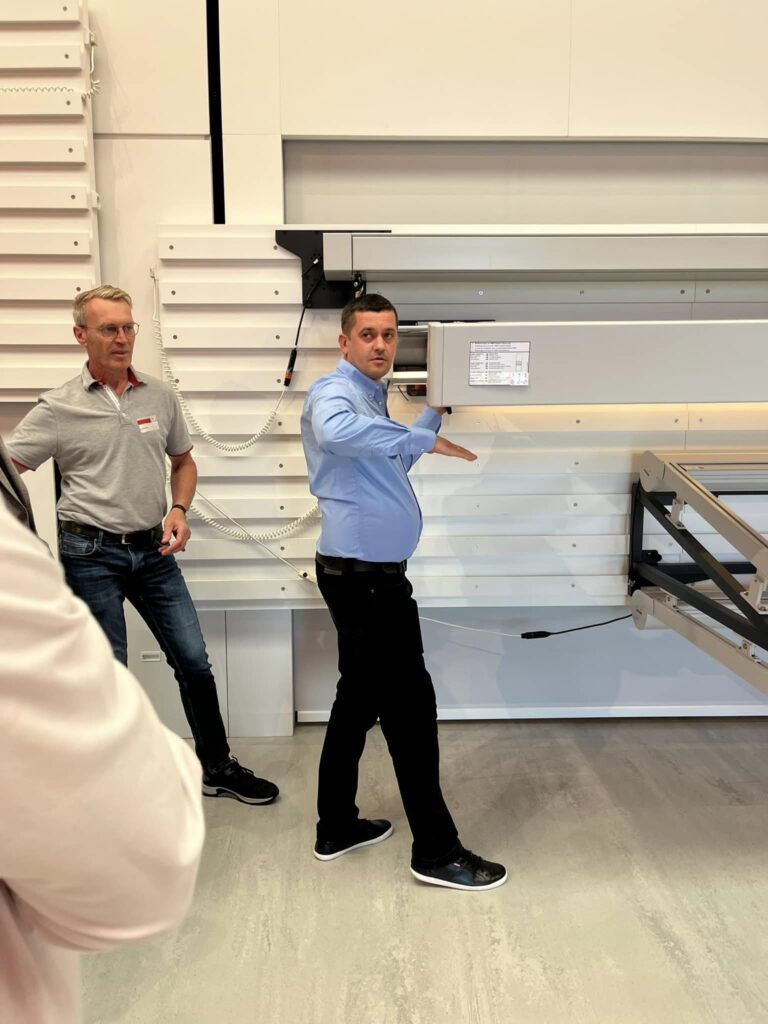
Why Choose Shade-Space for Your Pergola?
At Shade-Space, we offer bespoke awning solutions tailored to your home’s unique needs. Our range of retractable, fixed, and cassette awnings combines style, functionality, and durability, ensuring you get the perfect fit for your outdoor space.
What We Offer:
- Custom designs with FREE 3D visualisations.
- Premium materials that are weather-resistant and low-maintenance.
- Expert installation for peace of mind.
Ready to transform your garden with a pergola? Contact Shade-Space today to start designing your perfect outdoor space.
Have Any Question?
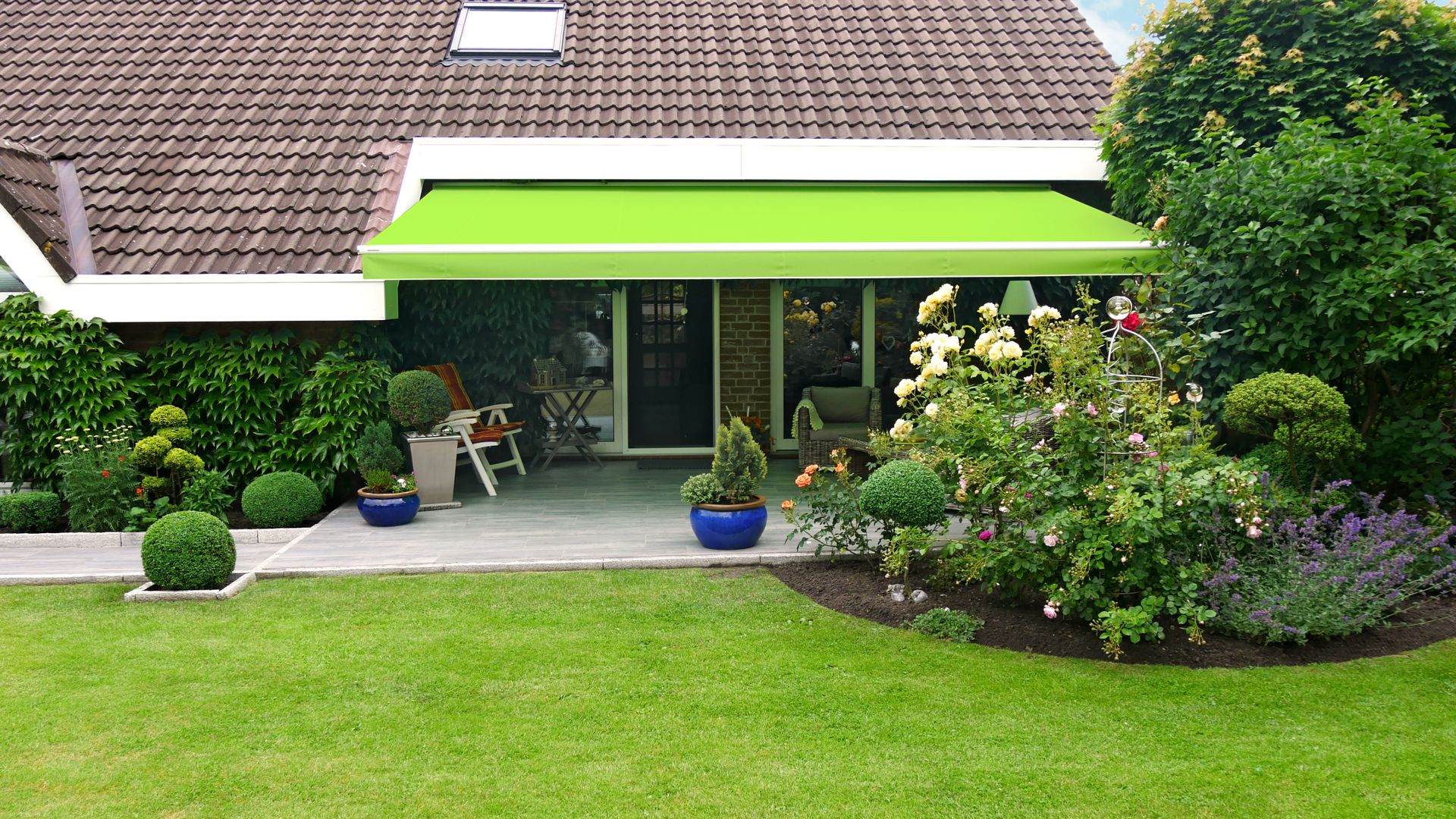
-
1. What is the purpose of an awning?An awning provides shade, weather protection and enhances the aesthetic of your outdoor space.
-
2. How long does an awning last?With proper care, high-quality awnings can last 10-20 years, depending on materials and usage.
-
3. Can awnings withstand strong winds?Modern awnings are designed to handle moderate winds, with retractable options offering additional protection during storms.



